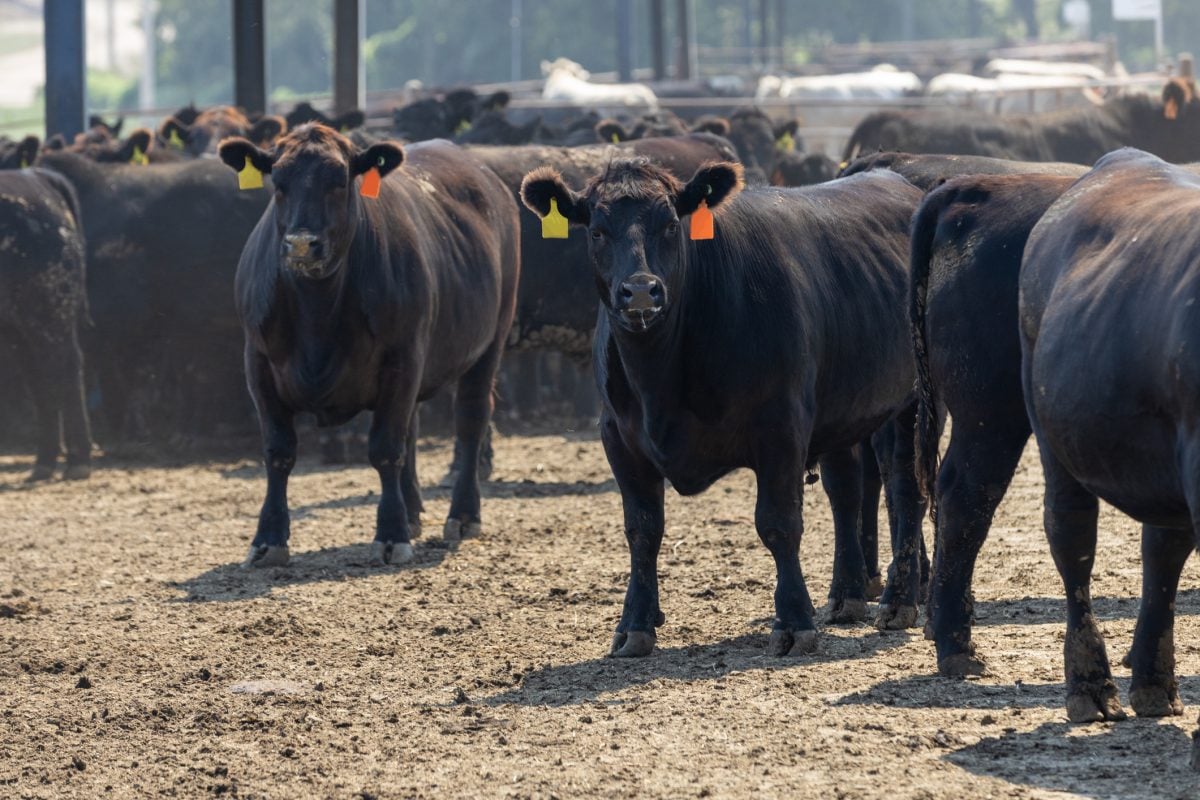PARIS, Jan 13 (Reuters) – Wheat crops in the European Union should mostly withstand freezing weather this month, helped by protective snow cover and good growth before winter, though eastern EU states such as Poland and Hungary could suffer losses, analysts said.
After a cold snap last weekend in central and eastern Europe that took temperatures below -30 degrees Celsius causing dozens of deaths, more deep frosts are forecast next week as far west as France.
In France, the EU’s biggest wheat-growing state, severe cold expected in the middle of next week has revived memories of a freezing spell five years ago that ruined a large crop area.
Read Also

U.S. livestock: Feeder cattle hit contract highs on tight supply
Chicago | Reuters – All Chicago Mercantile Exchange feeder cattle futures and most live cattle futures hit contract highs on…
But snowfall late this week will help insulate crops, analysts said.
“Going on current weather forecasts, there could be an impact from the cold but it should be less severe than in 2012,” Benoit Fayaud of crop analysts Strategie Grains said.
Cold weather may also be beneficial in curbing crop disease and parasites after a mild autumn, he added.
Moisture levels are another concern after France experienced its driest December since at least 1959, which could hamper crop growth in spring if precipitation remains low.
But favourable conditions for sowing, which helped farmers maintain France’s wheat area close to an 80-year high, have given crops a good start.
In Germany, snowfall protected crops in last week’s cold snap and should limit the impact of next week’s freeze.
“Winterkill could have taken place, as in most years, but I think it will be on a usual scale,” a German grains analyst said.
A dry December had also allowed farmers to wrap up wheat sowing after the sugar beet harvest, the analyst added.
Germany’s statistics office last month estimated the winter wheat area for next summer at 3.15 million hectares, up 0.4 percent on year.
In Britain, the wheat crop was making reasonable progress after relatively mild conditions, Sarah Wynn of crop consultants ADAS said.
One risk was drier than normal weather in eastern England if it were to persist, she said.
Britain’s wheat area is expected to be about one percent higher than in the previous year, she added.
In the eastern EU, Poland was among countries seen as susceptible to winter damage.
“We had some major freezes since the start of 2017 with temperatures dropping locally to -25 C,” Wojtek Sabaranski of analysts Sparks Polska said. “In western and central parts of Poland snowfall was not substantial, so some losses are likely there.”
Polish farmers have planted about 1.8 million hectares of wheat, down from 1.9 million hectares harvested in 2016, Sparks Polska estimates.
But Strategie Grains’ Fayaud said the recent cold spell was shorter in Poland than other eastern EU countries, pointing to a particular risk of damage in Hungary due to limited snow cover.
















